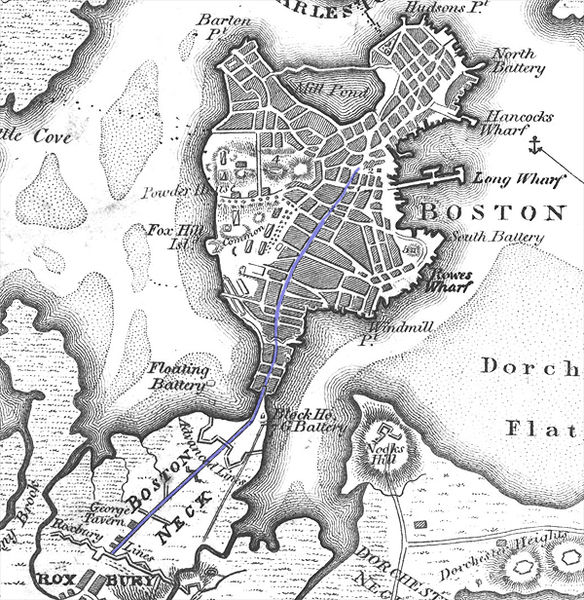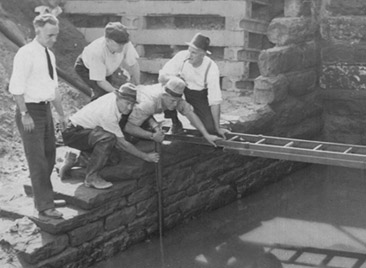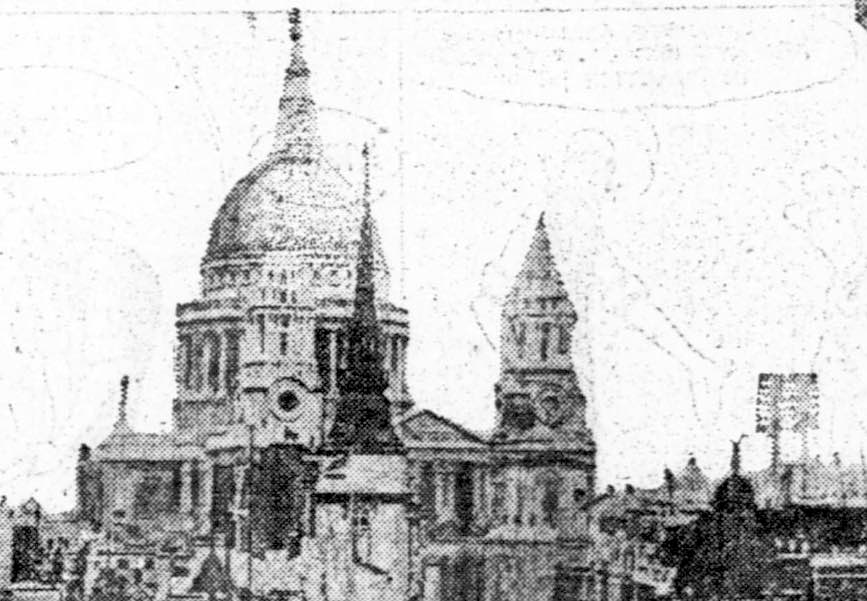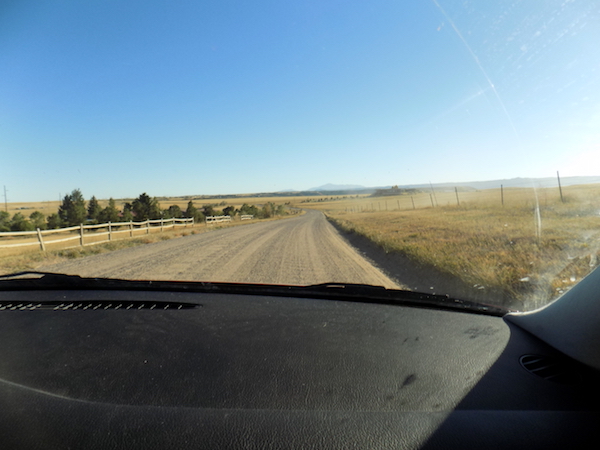It almost sounds like something out of a crime television series, but it happens all over the world and it has been happening long before newspapers were being printed. A torso might wash up on shore or be found in the debris of a house fire. Sometimes torsos are found stuffed inside suitcases or dumped somewhere out in the wild. Torso discoveries are common, but that does not make them any less creepy.

The Boston Suitcase Mystery
A suitcase was spotted floating in Winthrop Harbor on September 21, 1905. When opened, a woman’s torso was discovered. It was headless, without limbs, and the stomach and intestines were removed. It was reported that a “criminal operation” had been performed on the woman before she died.
Over a month later, another suitcase was found in the Charles River. This suitcase contained arms and were identified as belonging to the torso. A few days later, the body was identified as belonging to Susanna Greary, a twenty-year-old chorus girl.
As the story unfolded, it was discovered that Susanna had been the victim of a botched abortion. While she survived the initial procedure, she became sick afterwards and eventually died. In an effort to cover up the illegal medical procedure, two doctors cut her body up and hired two men to dispose of the remains. [SOURCES 1, 2]

The Killer Priest
A parcel was seen floating in the Hudson River on September 5, 1913. The parcel was captured and opened to reveal the top torso of a woman. Two days later, the lower part of the torso washed onto the shore.
After some ingenious detective work, the torso was identified as being that of Anna Aumueller. She had been involved with a Catholic priest, Hans Schmidt, who at one point married her and performed the ceremony himself.
Schmidt admitted to killing and dismembering Anna. He became the first and only Catholic priest to be executed for murder. [SOURCES 3, 4]

Kingsbury Run Murders
From 1934 to 1938, there were a series of murders involving decapitated and mutilated bodies. The case was called “The Torso Murders” or the “Kingsbury Run Murders.” During this time, at least 12 victims were discovered and credited to a grisly butcher.
It all began in September, 1934, when the lower torso of a woman was found along the shores of Lake Erie. A decapitated corpse of a man was discovered a year later. His body had rope burns around his wrists. Upon a search, police found another body of a man nearby. He had been dead for a few weeks and was never identified.
By 1936, the bodies really started to roll in. Both men and women were found decapitated and cut into pieces. The residents of Cleveland were terrified, but in 1938 the body count ended just as fast as it had started.
No one was charged for the murders and only two of the victims were ever identified. [SOURCE 5]
The Haw Bridge Torso Mystery
Retired Army Captain William Butt was last seen on January 4, 1938. Shortly thereafter, a torso was pulled out of the River Severn. With no head, police could only speculate that it was Capt. Butt.
The backstory leading up to the discovery of the torso was tantalizing. Capt. Butt’s wife was an invalid and was being cared for by Nurse Sullivan. Sullivan’s son was a male dancer and it was speculated that both he and Capt. Sullivan had a relationship. Somewhere along the line, the relationship turned sour and it was possible that Capt. Butt threatened to expose the dancer’s mother for performing illegal abortions.
About two weeks after the mysterious torso was found, the male dancer committed suicide and the case of the Haw Bridge torso was never solved. [SOURCES 6, 7]
The Young Boy
On May 29, 1938, the torso of a boy washed up to shore on Long Island, New York. Newspapers around the world reported that the “torso was trussed up with wire, and the head, feet and one arm were missing.”
It turned out that the torso belonged to Peter Levine, a twelve-year-old boy who had been kidnapped back in late February of the same year. The assumed kidnapper had sent a ransom note to the boy’s father, demanding $60,000 in cash for the return of his son, but the father was not able to raise the full amount. Instead, he was only able to offer the kidnapper half of that amount.
Weeks went by and the father heard nothing from the kidnapper. Finally, the boy’s torso was found and the boy’s kidnapper was never discovered. [SOURCES 8, 9]

Thrown On The Rubbish Heap
Out of London,1945, came a bizarre report that some charred remains were discovered in the remnants of a building that had just burned down. At first, the remains were identified as the carcass of a dog and it was thrown on the rubbish pile, but upon further examination, the remains were identified as those of a girl. Her head, arms, and legs were missing from her torso.
No immediate cause of death could be determined and the pathologist decided that her limbs were accidentally or mechanically removed in the fire.
The girl was identified as Alice Warr, fourteen-years-old, and she was known to have a good friend, Ronald Lee, eighteen-years-old, who was almost always by her side. After an investigation, Ronald Lee was arrested and tried for murder. He admitted to killing the girl, but said, “I had no intention of killing her.” [SOURCE 10]

Dumped In A Ravine
This horrifying case hit the newspapers worldwide in July of 1952. A man was driving along a back road in Oklahoma when he spotted something in the ravine beside the road. It was the torso of a young woman. Her head and hands had been cut off and it appeared that the murderer had attempted to cut off one of her feet, but gave up.
The body was identified as belonging to Betty Jack Stevens, a twenty-one-year-old waitress. An autopsy revealed that the young woman had been beaten, tortured, and decapitated while she was still alive. The word “rat” had been carved on her abdomen.
Betty Jack Stevens’ murderer was never discovered. [SOURCES 11, 12]
The Ragpicker’s Grisly Find
The fight happened on February 25, 1953. Arthur Mitchell owed Milton Hirsch money. When he was late on repaying it, Hirsch gave Mitchell a visit. The men fought and Hirsch managed to hit his head on some piping in the wall and died as a result.
No doubt in a panic, Mitchell stuck the body in a storeroom and left it there for about a week. Knowing that he had to get rid of the evidence, he cut the body up with a hacksaw. He tossed Hirsch’s head into the furnace and then wrapped the other body parts up in paper bags and dumped them along the streets of New York City.
Shortly after dumping the body parts, a ragpicker was going through the trash and discovered the torso.
Mitchell confessed to the crime and was arrested. [SOURCE 13]
Suitcase On The Train
The train stopped in Wolverhampton, England. It was the spring of 1968 and two engine drivers walked through the train. They discovered a suitcase. This was nothing unusual, except that this particular suitcase had blood seeping through it. The men opened it and discovered the torso and arms of a woman.
The next day, the legs of the victim were found in another suitcase that was pulled out of the River Roding. Her head was also eventually found stuffed inside a duffel bag and dumped in the woods.
In an unrelenting investigation, the police were able to identify the body as that of nineteen-year-old Sarabjit Kaur. Her father was questioned and eventually arrested for her murder.
Prosecutors claimed that she and her father got in an argument. He then hit her in the head with a hammer, killing her. He cut up her body and disposed of it in different locations.
The father, however, claimed that his daughter committed suicide and that his brother-in-law instructed him to dispose of her body.
He was sentenced to life in prison. [SOURCES 14, 15]
A Hungry Crocodile
Out of Darwin, Australia, 1986, came the gruesome, cautionary tale of a man who went to sleep along the McArthur River. As Lee McLeod slept, a crocodile came ashore and bit off the man’s head and torso, leaving a pair of legs behind, floating upstream. The crocodile was killed by wildlife rangers and discovered the man’s head and torso in the croc’s stomach.
This is not the first time the wildlife of Australia gave us a torso. Back in the summer of 1942, a woman’s torso washed up on Victorian Beach. Her head and arms were gone and her legs were missing below the knees. Police investigated the discovery and determined that she had drowned and her limbs were eaten off by a shark. [SOURCES 16, 17]

